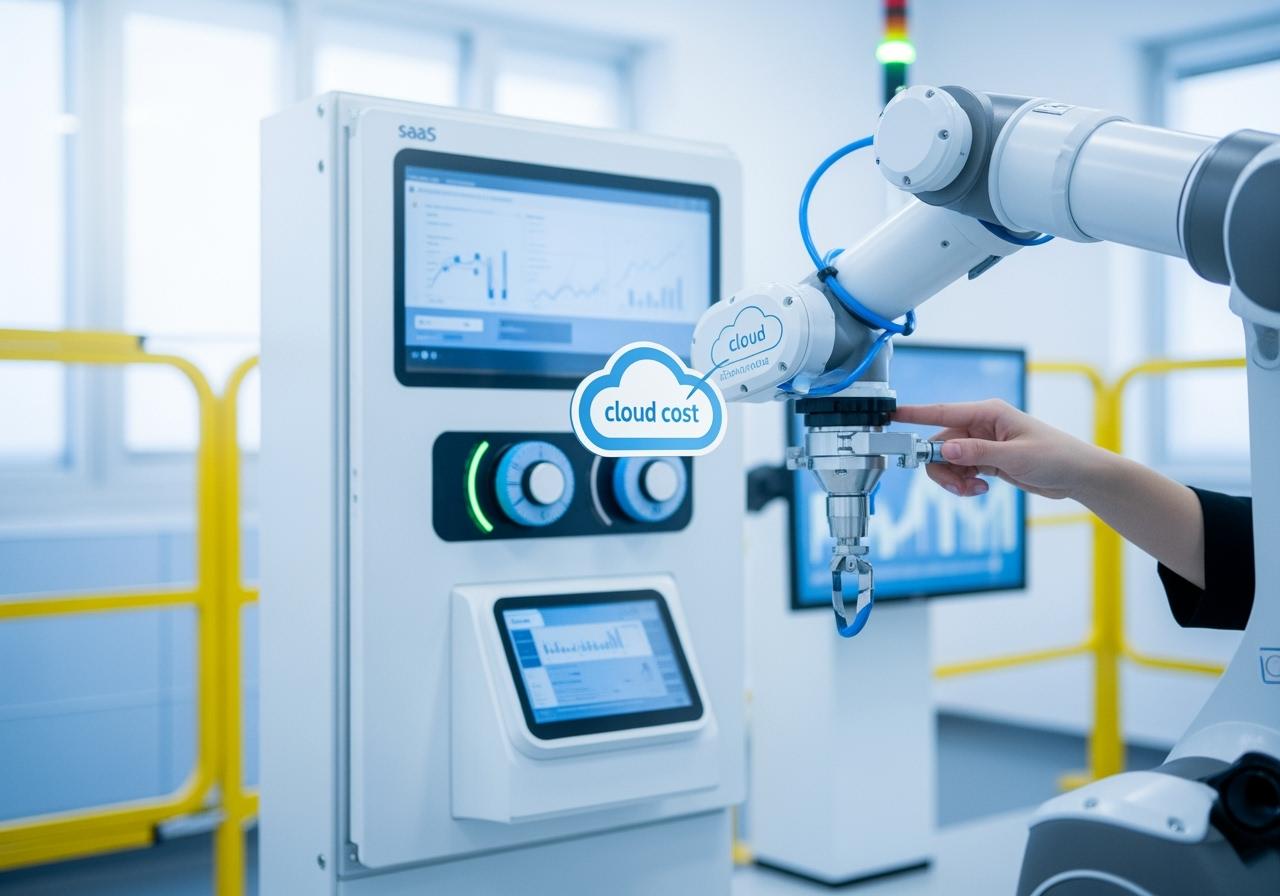Why Guardrails Are the Backbone of Modern FinOps
FinOps teams juggle two mandates: help engineers move fast and keep spend under control. Manual reviews cannot keep pace with continuous delivery, so organizations adopt guardrails-codified policies that run automatically. CoreFinOps treats guardrails as first-class citizens. They detect risky patterns, propose safe remediations, and apply them once approvals are secured. The result is an operating environment where cost governance is always on, yet developers retain autonomy.
Unlike static policies buried in wikis, CoreFinOps guardrails respond to real-time telemetry. They understand context such as environment tags, deployment windows, and risk tiers. This intelligence means fewer false positives and more trust from engineering teams who experience guardrails as helpful assistants rather than blunt instruments.
Designing Safe Defaults for New Workloads
Every new AWS account or workload should start from a compliant baseline. CoreFinOps ships with safe default templates that enforce tagging standards, budget alerts, off-hours schedules, and IAM boundaries from day one. When a developer spins up a new environment, the guardrails attach automatically. They inherit organization-wide governance policies while still allowing local customization. This approach prevents configuration drift and keeps FinOps engaged at the moment of creation, not months later when costs spiral.
Safe defaults also encode cost allocation and chargeback rules. As soon as resources appear, CoreFinOps knows which cost center is responsible. Finance no longer plays detective, and engineering avoids surprise invoices at quarter end. The foundation for accurate FinOps reporting is laid automatically.
Approvals That Meet Teams in Their Flow
Automation should not mean losing control. CoreFinOps guardrails incorporate approval gates tailored to the sensitivity of each action. Purchasing a Savings Plan may require finance and platform approval, while pausing idle dev instances only needs the owning team’s acknowledgment. Approvals surface where teams already collaborate: Slack, Microsoft Teams, email, or ticketing tools like Jira and ServiceNow. Stakeholders review impact summaries, evidence artifacts, and recommended timing before clicking approve.
Because approval dialogs include estimated savings, risk assessments, and control mappings, decision-makers can respond confidently without scheduling extra meetings. The platform records every approval with timestamps and digital signatures, satisfying compliance requirements automatically.
Exception Workflows with Built-In Expiries
No policy fits every scenario. Product launches, migration waves, or research experiments occasionally need to bypass guardrails. CoreFinOps handles these realities with structured exception workflows. Requestors document business justification, risk mitigations, and desired duration. Approvers can attach conditions, such as increased monitoring or cost caps. Crucially, every exception includes an expiration date. Before it lapses, the platform reminds owners to renew or retire it.
This expiry mechanism keeps temporary allowances from becoming permanent blind spots. Dashboards highlight active exceptions, and leadership can audit them during governance reviews. When expirations arrive, CoreFinOps can automatically reinstate guardrails or extend them with one click, maintaining balance between agility and control.
Continuous Monitoring and Drift Detection
Guardrails lose value if they fire once and disappear. CoreFinOps continuously monitors environments for drift. If a team disables an auto-scaling policy, changes instance families, or launches untagged resources, the platform detects the change and re-evaluates the guardrail. Depending on severity, it can auto-remediate, re-request approval, or escalate to leadership. This loop ensures governance stays responsive to evolving workloads rather than relying on quarterly audits.
Monitoring extends to historical behavior. CoreFinOps analyzes trends in guardrail triggers to refine policies. If a rule produces frequent false positives, the platform recommends tuning thresholds or scoping. Teams receive insights about which guardrails generate the most savings or prevent the highest risk, turning governance metrics into tangible business outcomes.
Guardrails as Documentation for Compliance and Auditors
Documenting governance controls is often harder than enforcing them. CoreFinOps simplifies reporting by turning guardrails into living documentation. Each guardrail includes a policy description, linked evidence, associated controls (SOC2, ISO, NIST), and a trigger history. Auditors can review the configuration, sample events, and approval records without leaving the platform. Exportable manifests provide immutable proof that governance is operating effectively.
This documentation doubles as onboarding material. New engineers learn the why behind each guardrail, and compliance teams see how technical policies align with regulatory expectations. The knowledge transfer shortens ramp-up time and reduces shadow IT workarounds.
Scaling Automated Governance Across the Organization
Once guardrails are trusted, scaling them is straightforward. CoreFinOps provides blueprints for different business units-product engineering, data science, shared services-so each group inherits relevant policies. Governance councils can simulate guardrail impacts before rollout, previewing potential savings or conflicts. Change management becomes proactive rather than reactive firefighting.
As adoption grows, leadership gains a real-time control plane: dashboards show coverage, exception volumes, and risk reductions. Guardrails evolve with the business, supporting cloud migrations, acquisitions, or compliance expansions without needing to re-architect governance from scratch.
Wrapping up
Automated guardrails transform FinOps from a reactive discipline into a proactive operating system. CoreFinOps’ approval workflows, expiring exceptions, and safe defaults keep teams fast, safe, and accountable.
By codifying policies as automation backed by evidence, organizations maintain control over AWS spend while empowering engineers to innovate with confidence.
